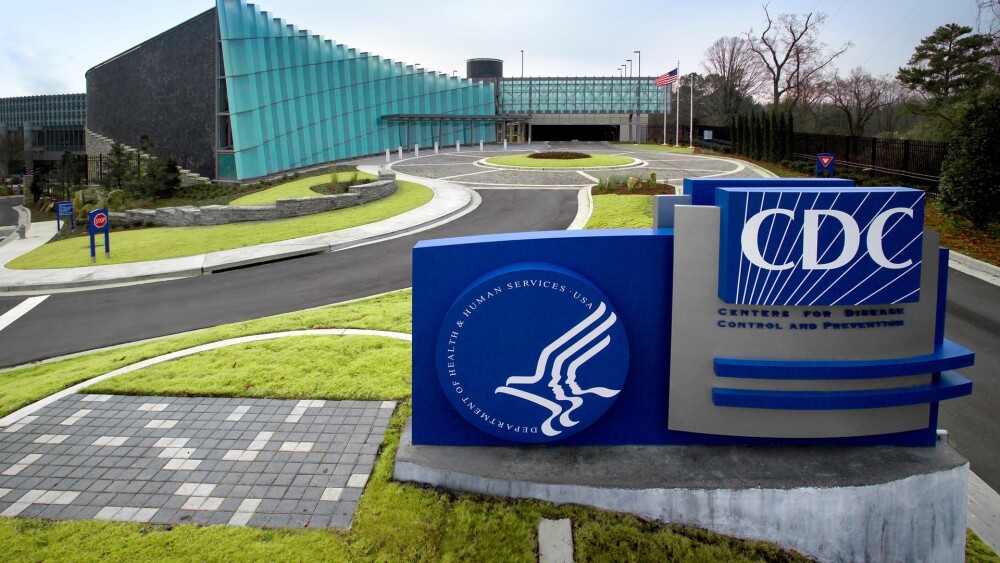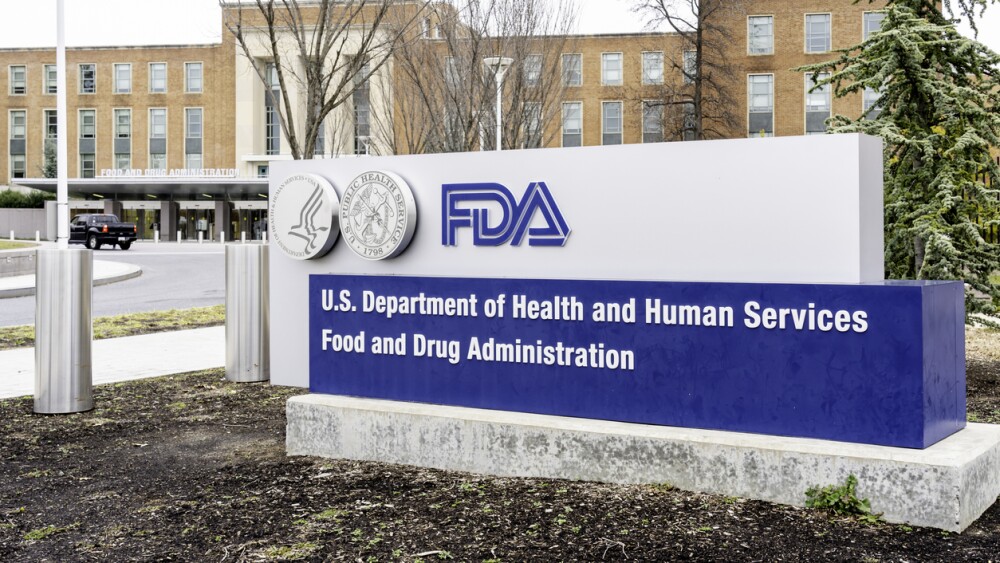William H. Tettelbach, deputy chief medical officer of Marietta, Ga.-based MiMedx and lead author of the study, took time to speak with BioSpace about the research, which was published in the International Wound Journal.
With the release of a new research paper, more attention is being paid to the role of human umbilical cord in therapeutics. William H. Tettelbach, deputy chief medical officer of Marietta, Ga.-based MiMedx and lead author of the study, took time to speak with BioSpace about the research, which was published in the International Wound Journal.
“The chief takeaway was the study indicated that dehydrated Human Umbilical Cord (dHUC) effectively provides a protective environment for healing of lower extremity ulcers, in a heterogeneous patient population,” Tettelbach says.
The trial compared dehydrated human umbilical cord allograft (EpiCord) to alginate wound dressings to treat chronic, non-healing diabetic foot ulcers. The study was conducted at 11 centers in the U.S. in patients with confirmed diagnosis of Type 1 or 2 diabetes that had ulcers below the ankle that had lasted for at least 30 days.
The patients received two weeks of weekly debridement, moist wound therapy, and off-loading. The patients who had less than a 30 percent wound area reduction after debridement were randomized two-to-one to receive a weekly application of EpiCord or standardized alginate wound dressing, non-adherent silicone dressing, absorbent non-adhesive hydropolymer secondary dressing, and gauze bandage.
Tettelbach tells BioSpace, “Both per-protocol and intent-to-treat participants receiving weekly EpiCord were significantly more likely to completely heal than those not receiving EpiCord.”
He notes that EpiCord “provides a protective environment for the healing process.”
Actual umbilical cord products do not seem to be as prevalent as cord blood. Umbilical cord blood is playing a larger and larger role in treating diseases like leukemia, lymphoma, sickle cell anemia and others. For example, late in 2017, researchers at Duke University conducted a Phase II clinical trial involving 63 children with cerebral palsy. They were given an infusion of their own cord blood that had been banked when they were born.
A year later, the group that received a medium-sized dose between 100 million and 50 million per kilogram of body weight showed the largest improvement in motor function. The improvements were measured by the Gross Motor Function Measure (GMFM-66). The research was published in the journal Stem Cells Translational Medicine.
Joanne Kurtzberg, director of Duke’s Pediatric Blood and Marrow Transplant Program and the Robertson Clinical and Translational Therapy Program, and lead author of the study, stated, “We are encouraged by the results of this study, which shows that appropriately dosed infusions of cord blood cells can help lessen symptoms in children with cerebral palsy. We still have a lot to learn about this therapy so that it can be optimized and accessible to more children with cerebral palsy.”
Sutter Health is studying the use of a child’s own cord blood to treat autism, and a group of researchers at MD Anderson Cancer Center found that cord blood, in addition to having stem cells, also contains natural killer (NK) cells, which can be genetically modified to attack leukemia and lymphoma.
Irvine, Calif.-based Invitrx markets therapeutic products based on cord blood and human umbilical cord blood plasma (hUCBP), the liquid phase of cord blood, and Wharton’s Jelly, the mucoid connective tissue in the umbilical cord that is a large source of stem cells, including mesenchymal stem cells (MSCs). The company launched a new line of these products in March 2018.
Tettelbach says, “I cannot speak directly to cord blood-based products. However, I do feel umbilical cord-based products will be increasingly used to provide a protective environment for the healing process.”
Of the umbilical cord product research, Tettelbach notes, “a significant limitation to obtaining successful outcomes related to wound care was the demonstration that adequate sharp debridement is a crucial step in wound bed preparation needed to address the inflammation/infection stage of wound healing.” In other words, debriding the wound properly was important in how well the umbilical cord worked in healing the ulcers. “Subjects identified in the study as having adequate debridement who concurrently received dHUC achieved 96 percent healing rates within 12 weeks.”
Tettelbach and MiMedx plan to continue studying EpiCord in diabetic ulcers, but also in healing complicated post-surgical wounds and wounds with exposed deep structures.
EuroStemCell notes that after a child is born, cord blood remains in the umbilical cord and placenta. “It is relatively easy to collect, with no risk to the mother or baby. It contains hematopoietic (blood) stem cells: rare cells normally found in the bone marrow.”
Although it’s quite unlikely donated cord or cord blood will be used later in life by the child whose cord or cord blood was donated, donations to public blood banks can significantly increase the supply for people who need it.





